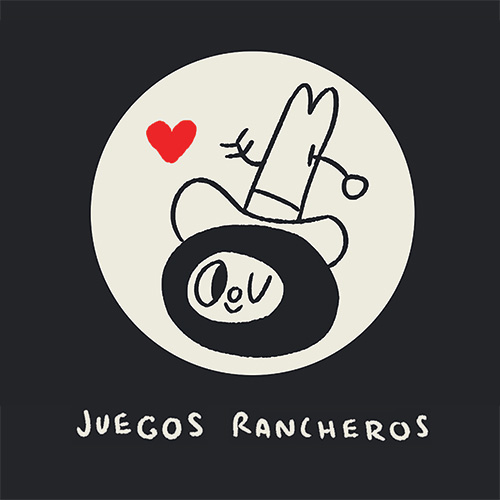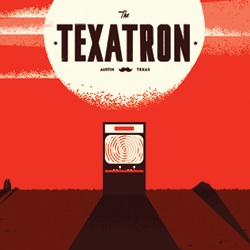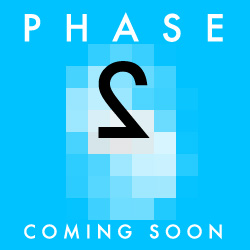VENUS PATROL PRESENTS: THE PULP FANTASY PAST THAT INSPIRED WHITE WHALE’S GOD OF BLADES
If you’ve seen White Whale’s iPhone adventure game God of Blades mentioned anywhere — including here — over the past several weeks since its debut, you’ve no doubt seen it mentioned in the same breath as the pulp fantasy that inspired it, and to which it pays deep, reverent respect.
Names like Roger Dean & Michael Moorcock frequently bubble up to the surface in any discussion of the game, and, not having been immersed as deeply in the fantasy world as the White Whales clearly were, I thought I’d give the team an opportunity to go into greater detail about the place God of Blades was born, as much for my education as anyone’s.

Below the fold, then, artist Jason Rosenstock (above, right) and designer & writer George Royer (above, left) list their five top visual and literary inspirations for the game, which you can learn more about at the White Whales’ site, or find on the App Store here, in advance of its imminent PC/Mac debut.

Explains Rosenstock:
God of Blades was born out of intense sincerity. I knew that if I ever got lost and started making art for this game that veered into kitsch, it would be doomed. My visual inspirations are things I may have only found recently, lived with for most of my life or literally walked across. I love them all truly, and I love what they helped me create.
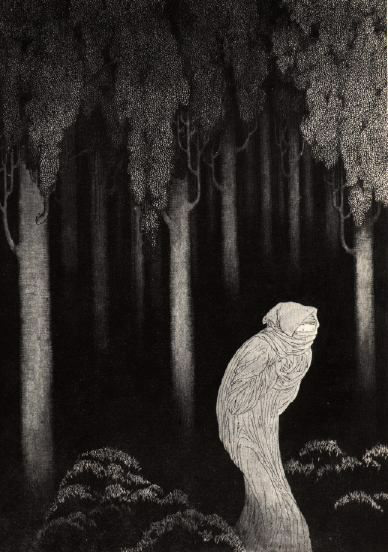
Sidney Sime
Tortured, twisted characters set against bizarre, hallucinogenic landscapes that bleed into darkness. Sidney Sime’s illustrations are so evocative that they could worm in and take over the entire look of a project, if you’re not careful. His sad and spindly people were a huge influence on our characters and his cavernous backgrounds were great scale references.
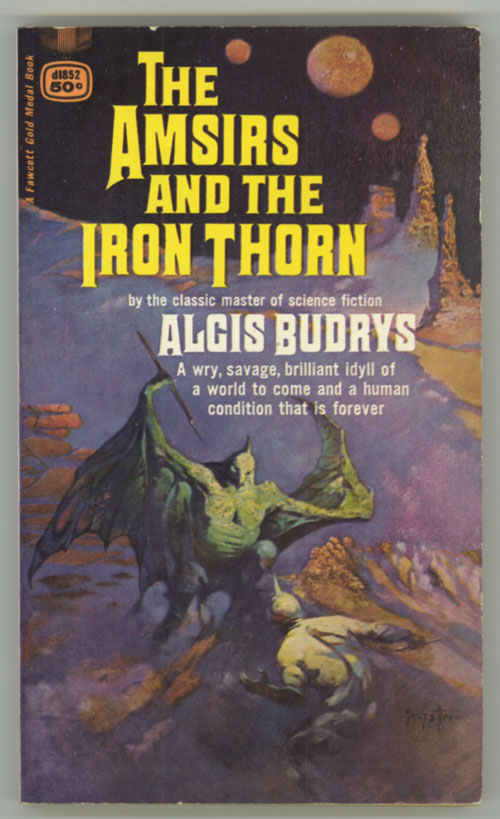
Frank Frazetta
Frank Frazetta is the moody ghost-king of fantasy art. This man rode in out of Brooklyn and destroyed fantasy paperback covers forever. His influence is so far reaching that it would have been a mistake to ape him, so I thought long and hard about how to break his work down into useful elements. Color, movement, and that strange, craggy texture he could carve out of nothing seeped its way into every part of God of Blades, down to the point where I made a reference video of sword swings for our animator.
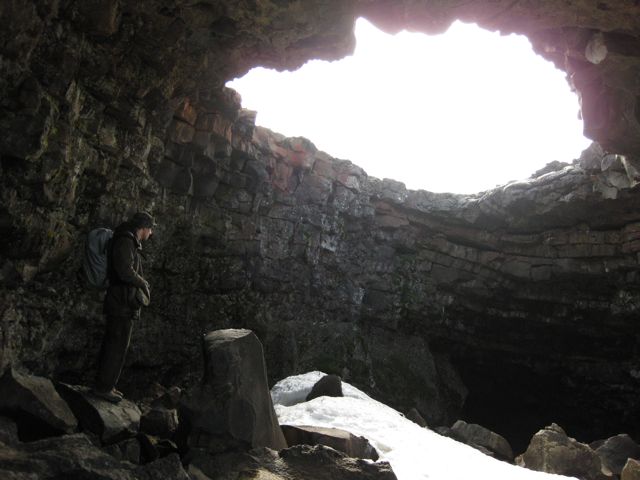
Iceland
Glaciers, Volcanoes, epic fjords, whales, yule trolls, black deserts, waterfalls that fall up, and caves filled with ghostly ice sculptures — so much in God of Blades comes right out of Iceland, hands-down the most beautiful and inspiring place I’ve ever been. No photo from my trip there could do it justice, but have a look at this one — and take note of how dumbfounded I am — at the entrance of a giant, magma-carved cave. Go there now!

Riccardo Buchielli’s cover painting on Northlanders, Vol. 5: Metal and Other Stories
This Riccardo Buchielli image was the first big visual touchstone for God of Blades. The crazy, saturated color and the intense movement in the characters truly solidified the decision to make the game a side-scroller. It’s so simple, but I love the golden light hitting the swords so much it actually pains me when I look at it.
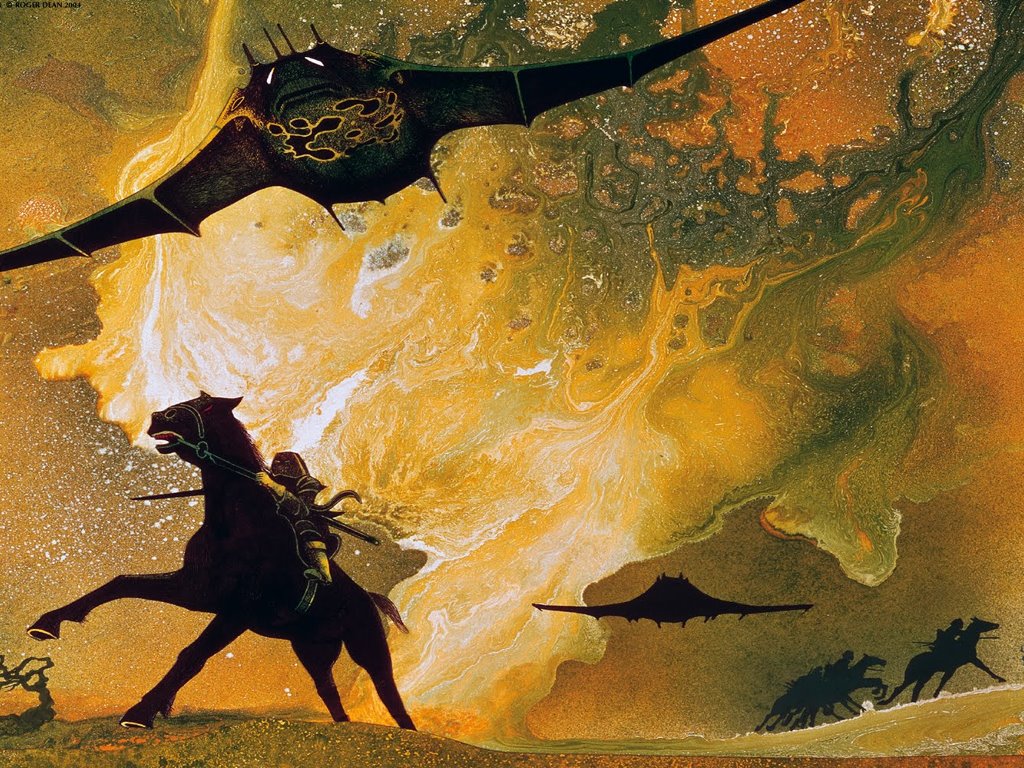
Roger Dean
I remember sitting behind a kid in 8th grade who had a Yes shirt with one of Roger Dean’s paintings on it. The image transfixed me. I think of that shirt every time I fire up the second environment in God of Blades. Roger Dean’s album covers, and his work for Psygnosis, were mega important to God of Blades, as many have noted. His close connection with awesome music in the 70’s was also a big part of keeping the feel of the game on track and evoking exactly the right response from people. This one inspired me to use paint squashed between plexiglass for textures.
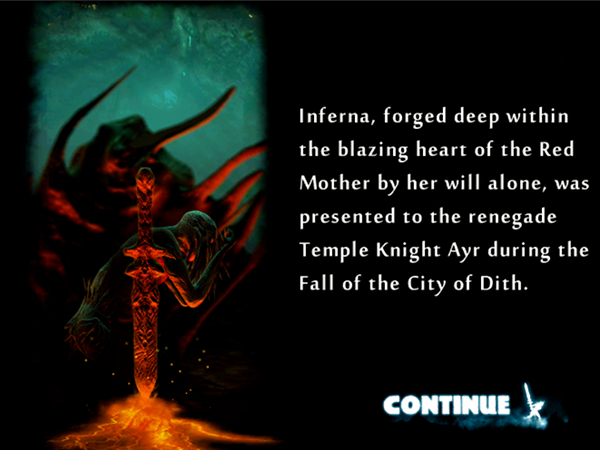
Explains Royer:
In creating God of Blades, I worked really hard to try to capture the esoteric, stiff, and self-indulgent prose used by the grandfathers of fantasy and carried on by the pulps. This was the style I always wanted to see a game made in, but I’d never really seen it done the way I wanted it done. I decided to be really self-indulgent, too. There were five authors that I can single out as being the most influential in my work on God of Blades, and I would highly recommend them to everyone.
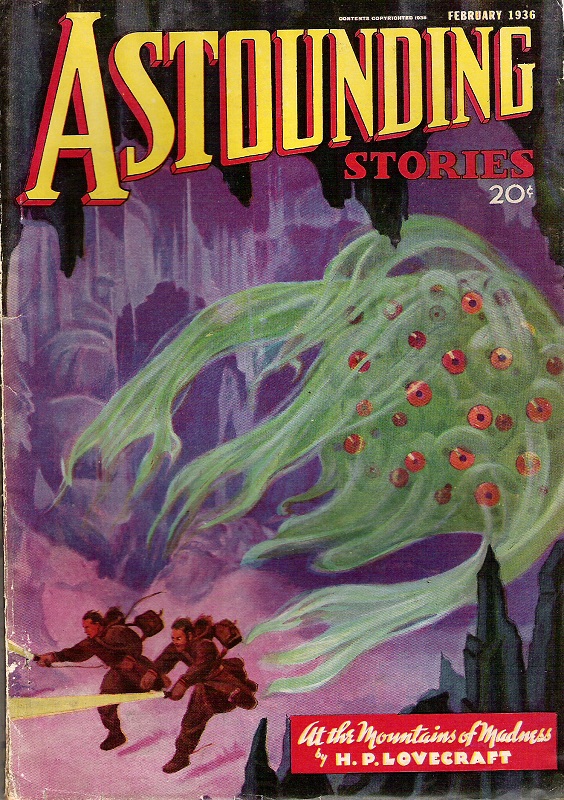
H.P. Lovecraft (1890—1937)
H.P. Lovecraft was the father of cosmic horror and king of obtuse mythos-building. He was also the world’s finest irresponsible dispenser of adjectives. Lovecraft’s sweeping vistas of alien gods, doom-drenched planets, and incomprehensibly horrific realities were responsible for teaching me the words cyclopean and non-Euclidian at an inappropriately young age. His work is endlessly riffed on but never really equaled. Check out “At the Mountains of Madness” (1936).
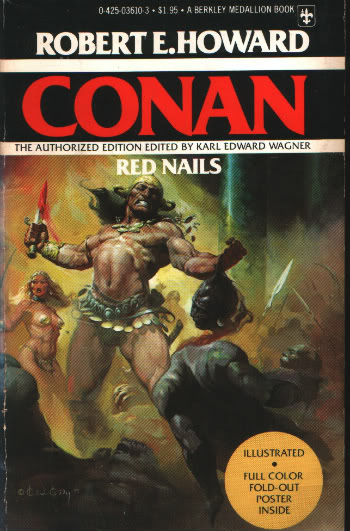
Robert E. Howard (1906-1936)
Robert E. Howard was not only creator of Conan, he was also the greatest of the sword and sorcery writers. His pre-historic tales of adventure, cunning, and melancholia play out against a backdrop of barbaric kings, monstrous cults, and horrors from outer space. Don’t just watch the movies. Read the stories and treat yourself to a sweat-drenched free-for-all in which everything’s up for grabs and all sandal-trod roads lead to inevitable ruin. Start with “Red Nails” (1936) or “Beyond the Black River” (1935).
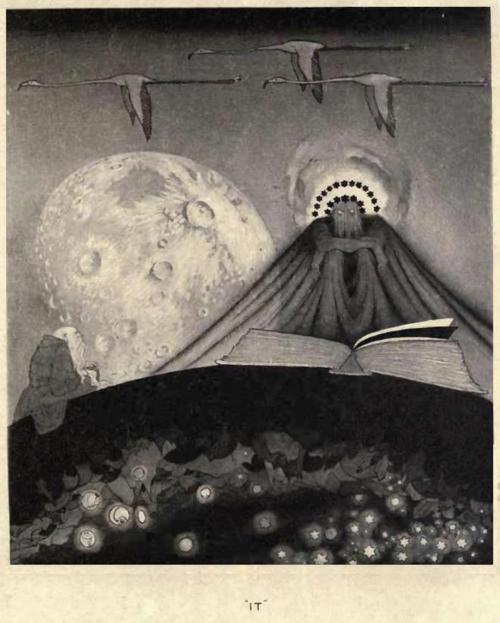
Lord Dunsany (1878 – 1957)
Edward John Moreton Drax Plunkett, 18th Baron of Dunsany, is widely considered to be the father of modern fantasy. His weird, airy pantheons and the rich sense of alien history that permeates his work was a huge influence on the world building in God of Blades. Of particular interest are The Gods of Pegana (1905) & “The Sword of Welleran” (1908). Sidney Sime’s illustrations accompany some of Dunsany’s work and are absolutely stunning.
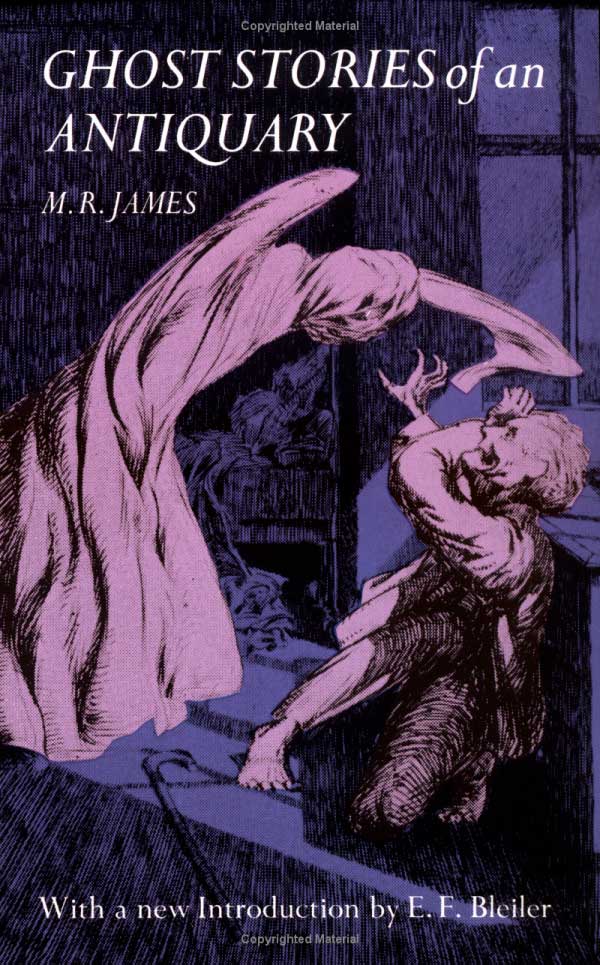
M.R. James (1862 – 1936)
Montague Rhodes James was the master of the ghost story. His work rejected many of the gothic clichés that were prevalent during his time and instead brought demons and apparitions into more familiar settings. A medieval scholar at King’s College, James excelled at constructing a masterful atmosphere of dread by instilling a rich sense of history and weight into his creations. He was such a strong storytelled that an entire narrative structure is named after him: Jamesian. Check out “Canon Alberic’s Scrap-Book” and “Lost Hearts.” Both are from the 1904 book Ghost Stories of an Antiquary.
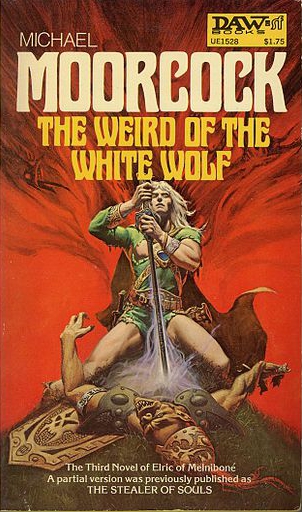
Michael Moorcock (1939–)
Michael Moorcock found his greatest achievement in the creation of Elric and the most awesome sword ever, Stormbringer. A grand tragedy played out across multiple dimensions and steeped in psychedelia and inversion of traditional fantasy tropes, the Elric saga is in many ways as influential a work as Howard’s Conan. The pervasisve atmosphere of occult doom and cosmic consequences played enourmous roles in setting the tone of God of Blades. Start with Elric of Melniboné (1973) and don’t stop until you are seriously considering gathering blood and souls for Arioch.
God of Blades is currently available for iPhone and iPad here. Learn more about White Whale here, and I’m sure they’d want me to add that you should visit your local library to find more by all of the above artists & authors, where you can check in with Foursquare to unlock exclusive content in their game.
See more posts about: God of Blades, Venus Patrol Presents, White Whale




